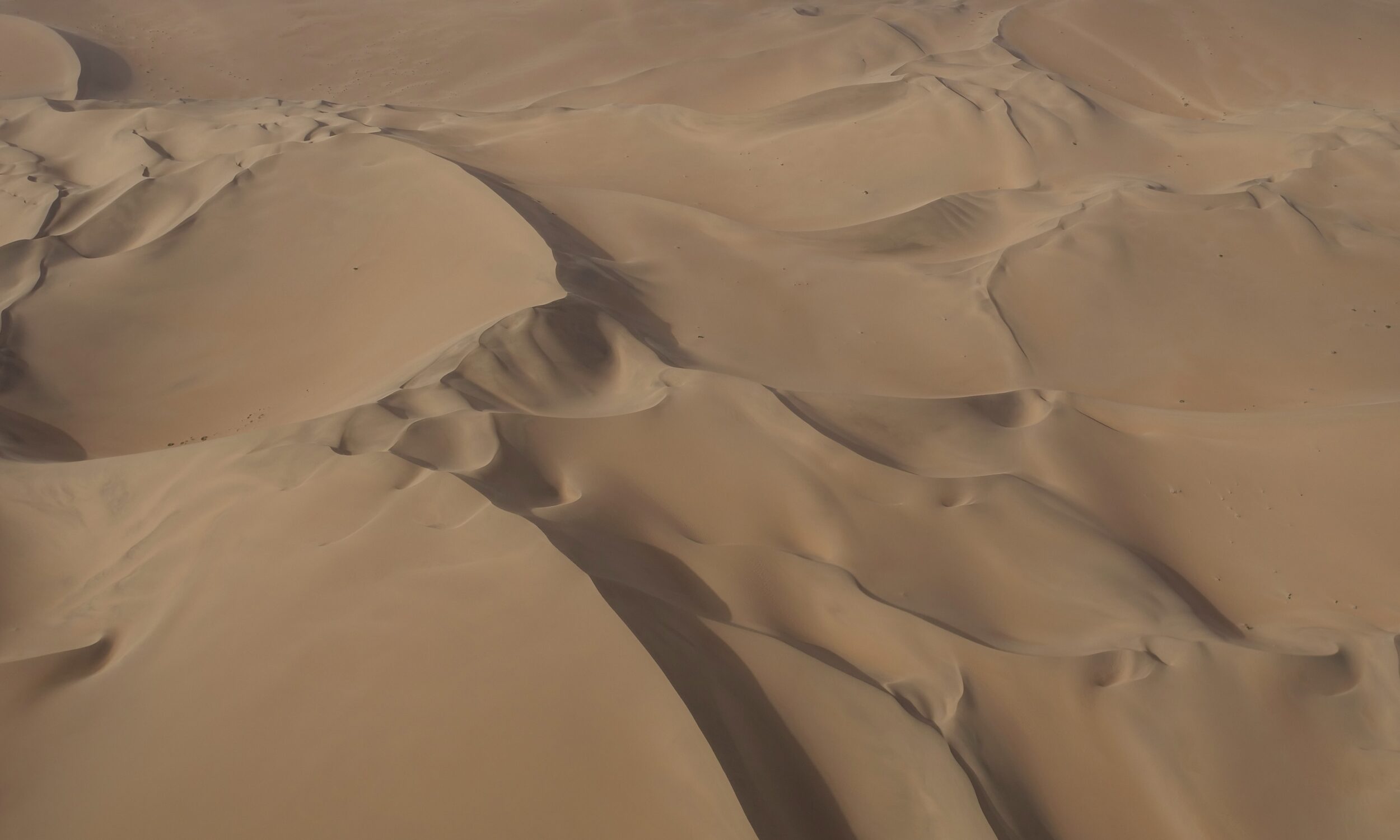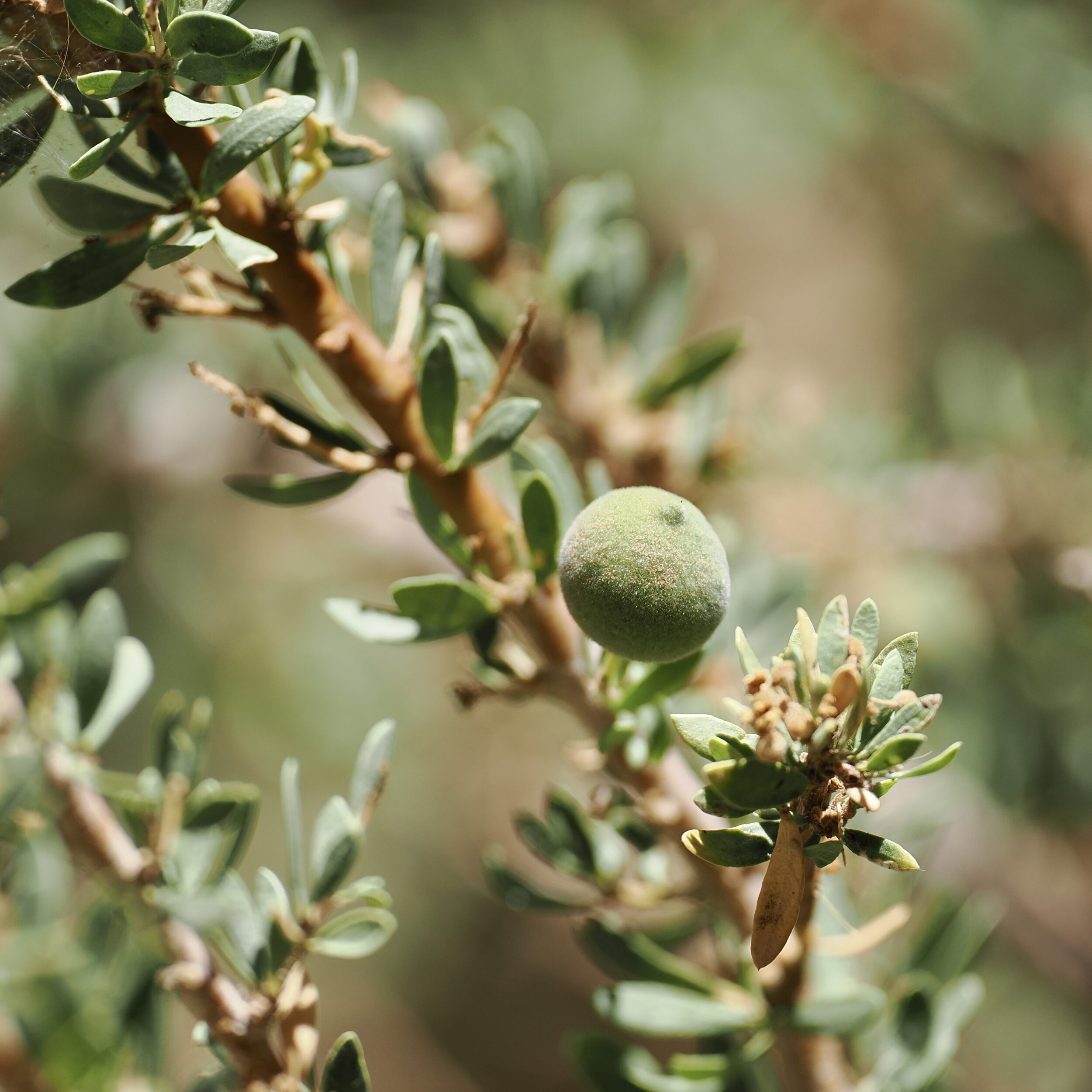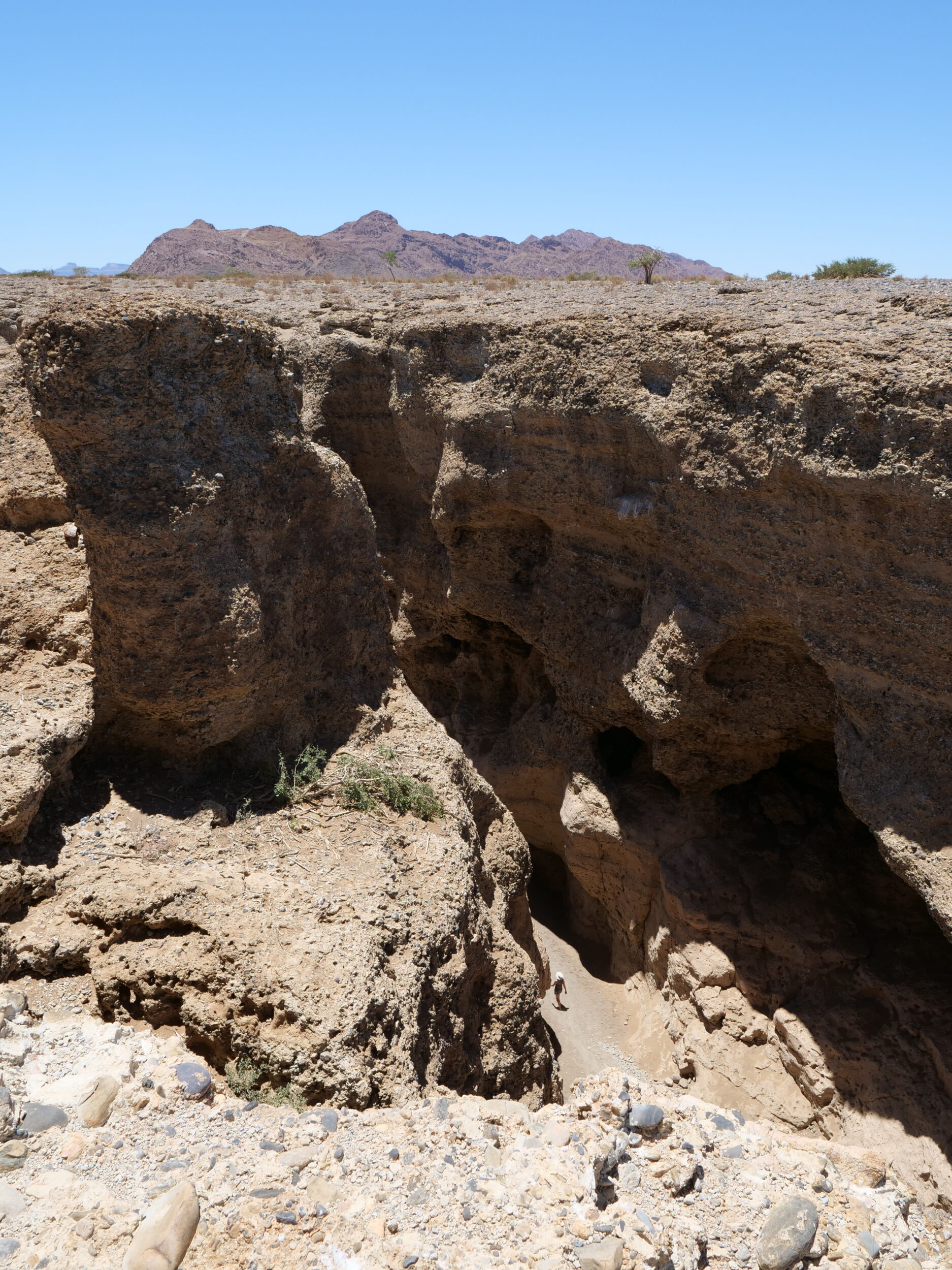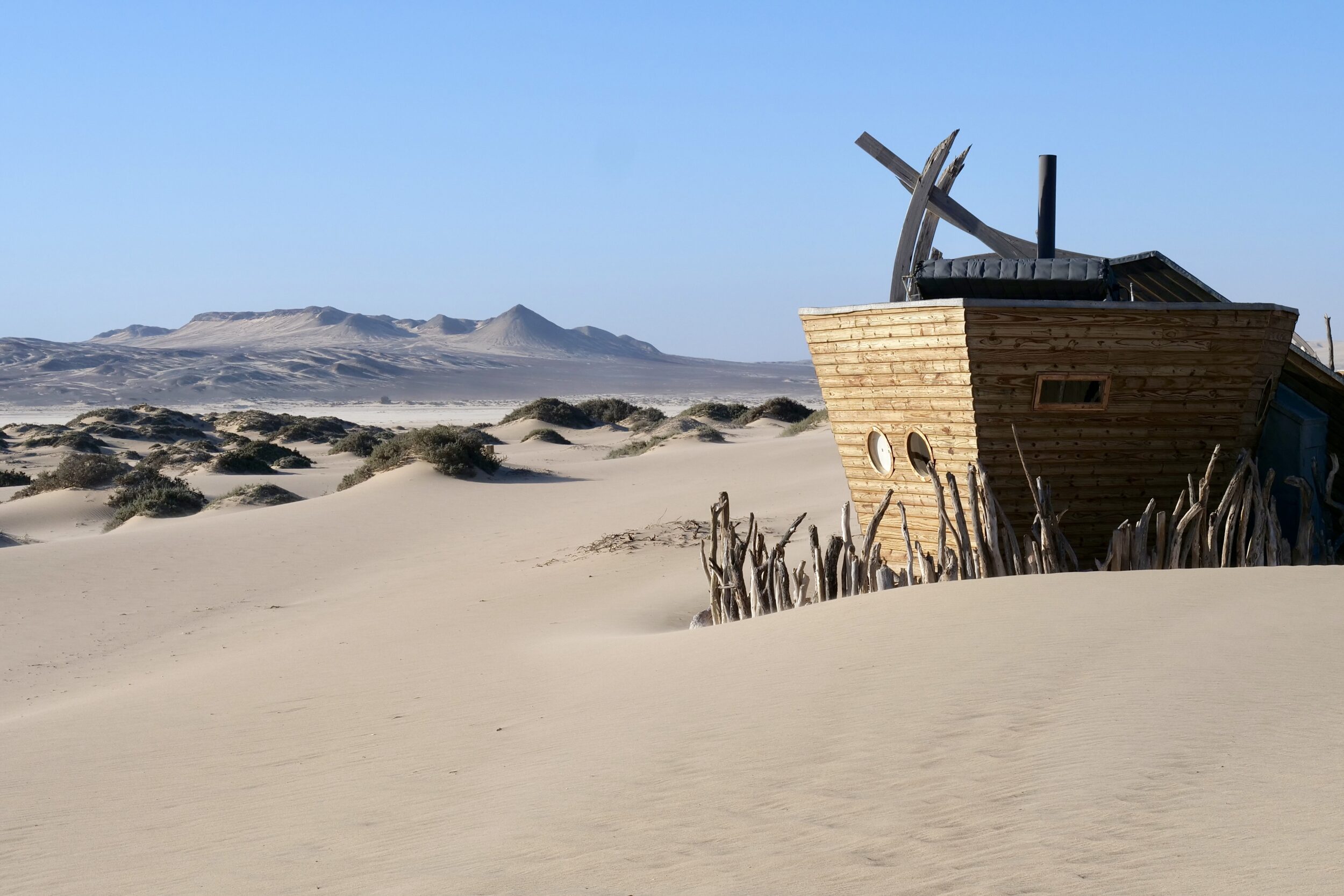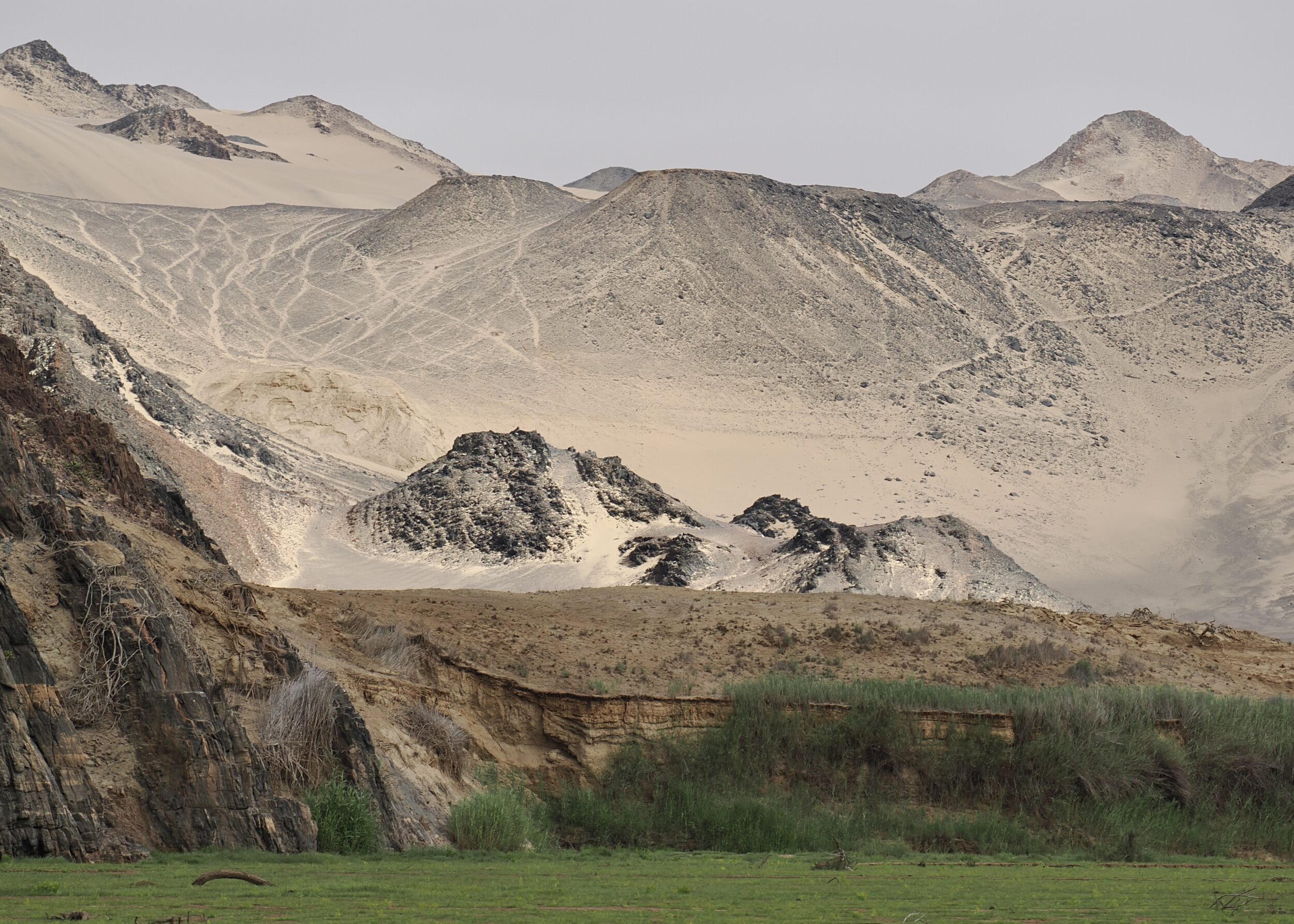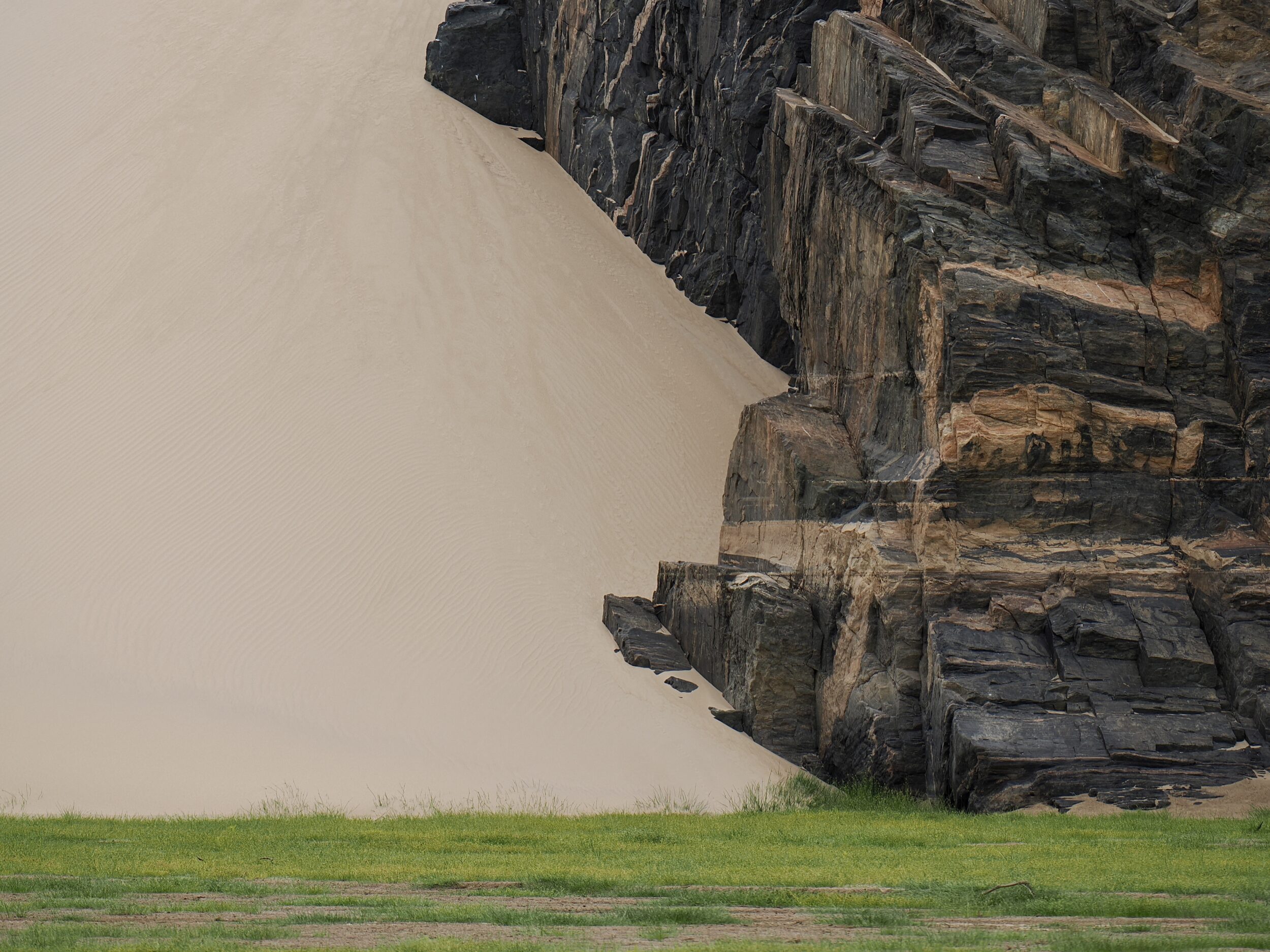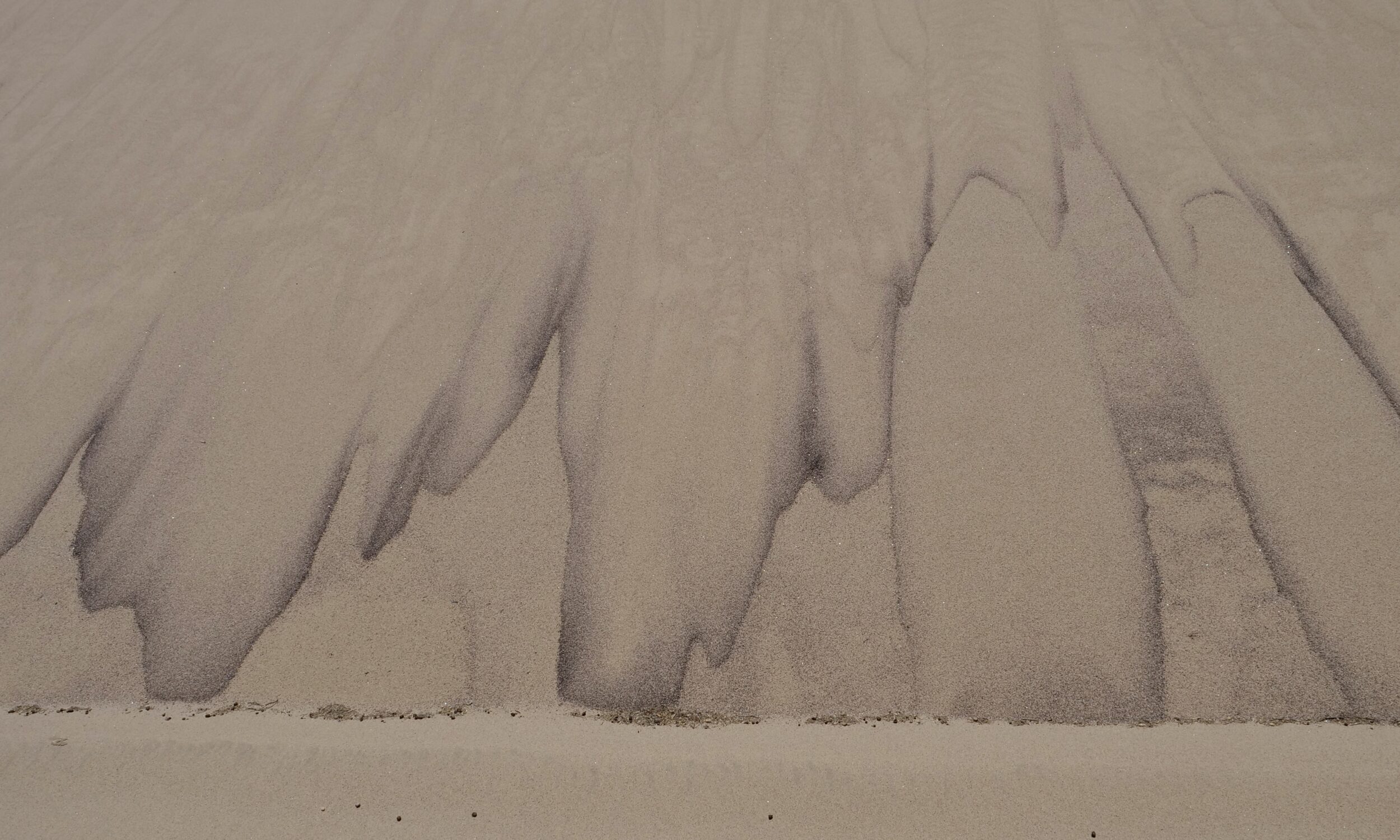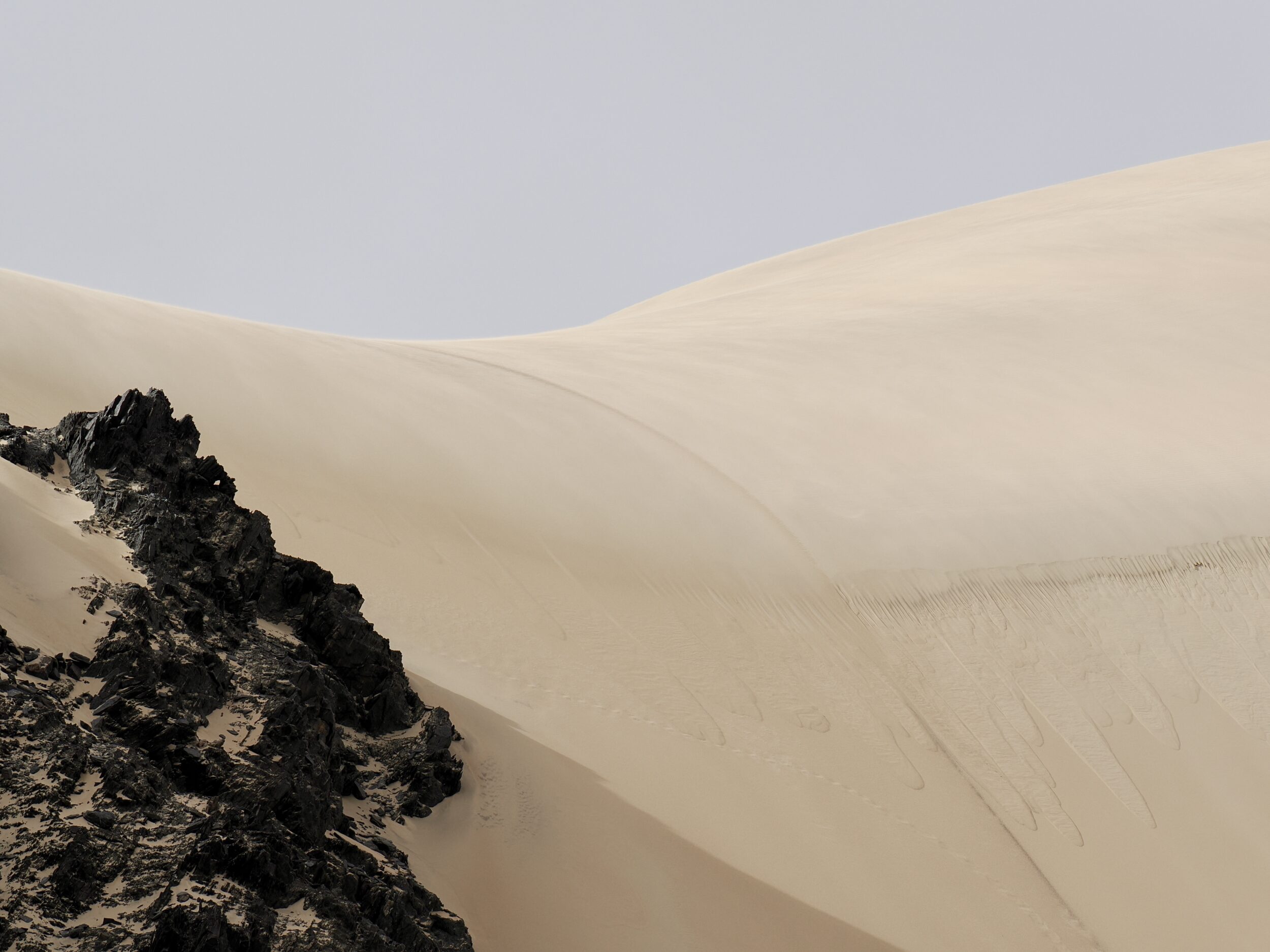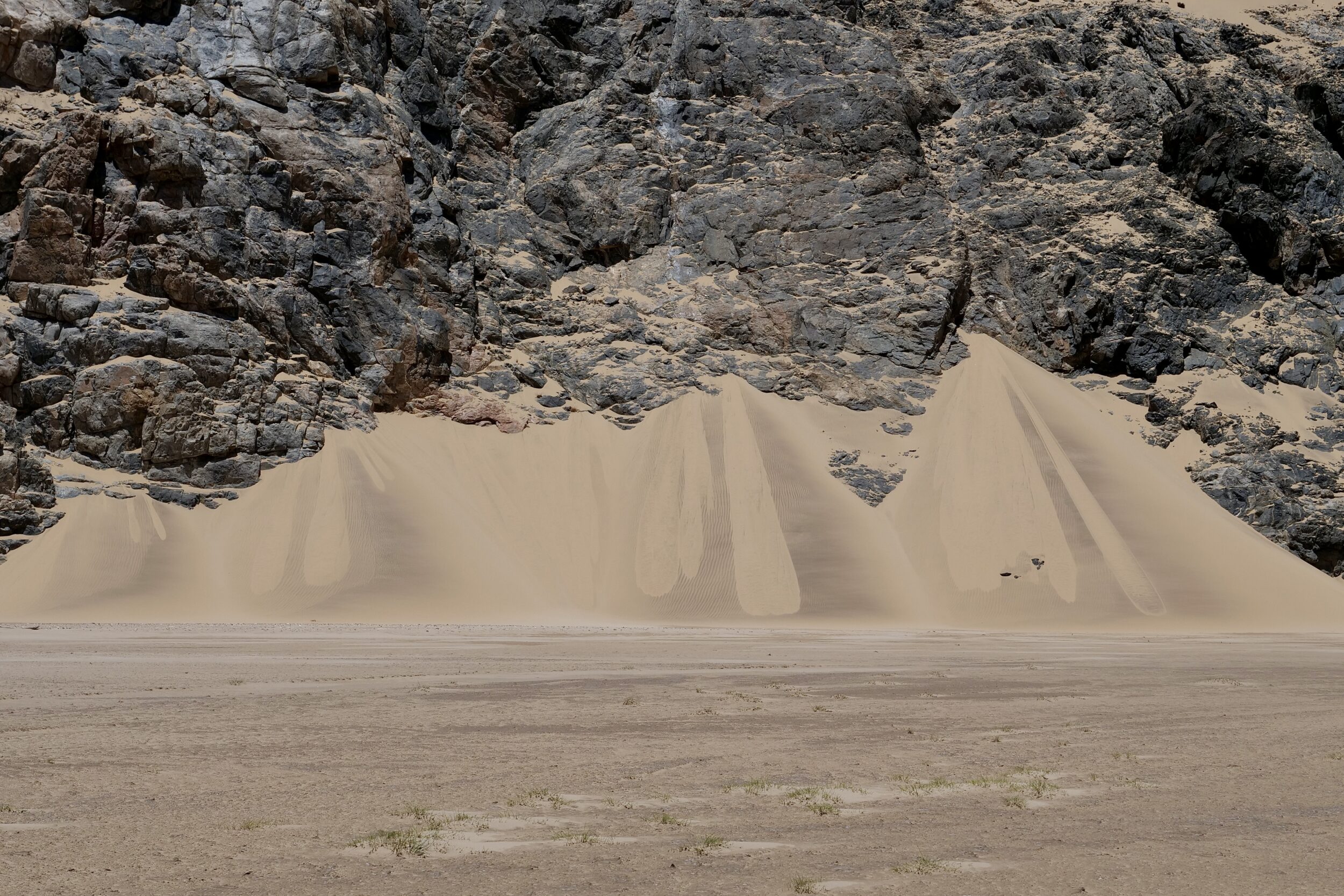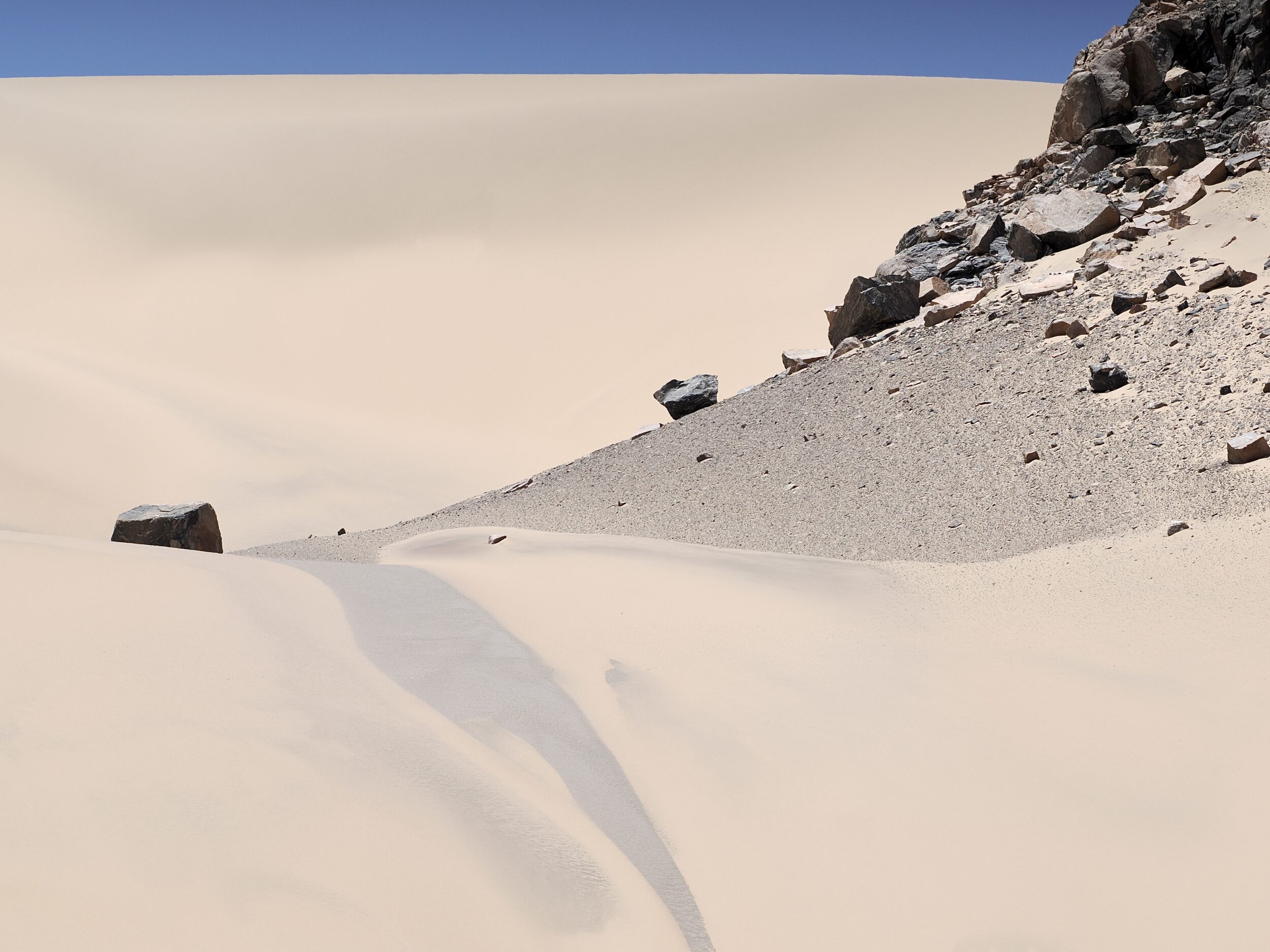Essentially, sand is a “marriage” of just two of our planet’s most common elements: silicon and oxygen.
Nonetheless, sand offers an astonishing amount of visual diversity.
In some parts of the world, if you look down from an aircraft – ideally, one flying relatively “low”, but high enough to render small plants “invisible” – you could be fooled into believing that everything within your field of view was 100% sand.
Comments closed